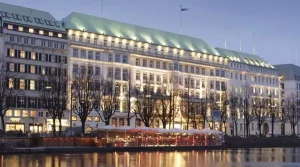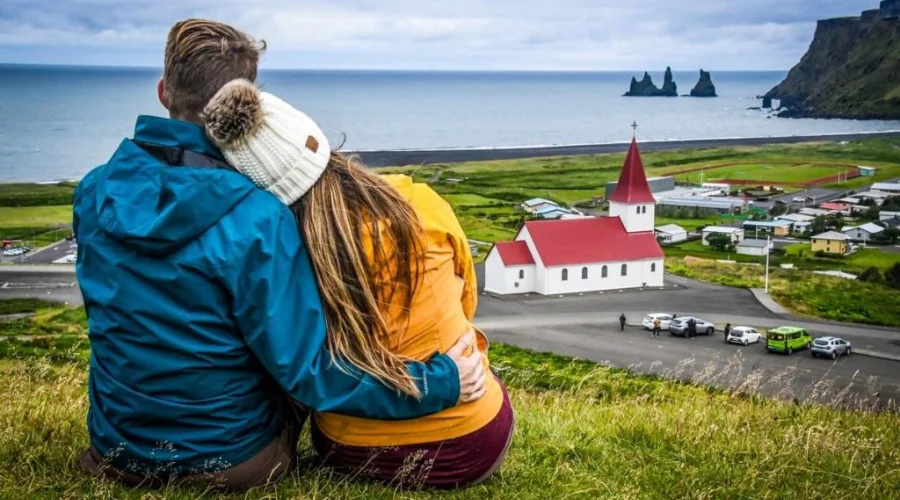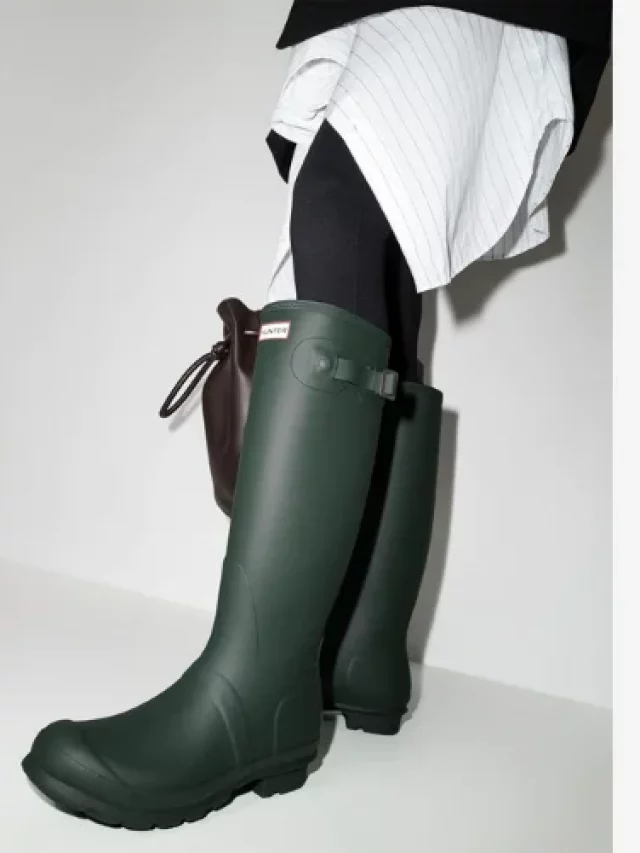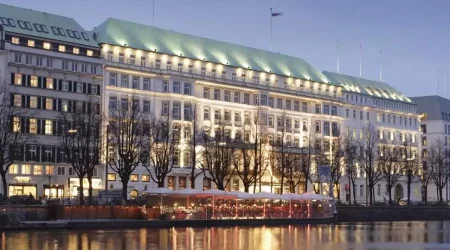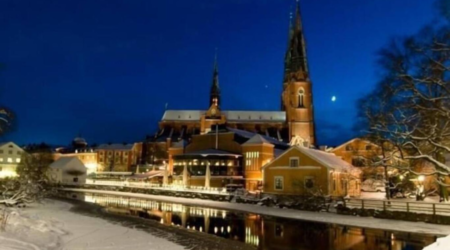Iceland is a stunning land of glaciers, frozen tundra, and rugged landscapes that are sure to captivate any visitor. With its unique geothermal hot springs and majestic Northern Lights, Iceland is a magical destination that draws tourists from all over the world.
The best time to visit Iceland depends on the kind of experience you’re looking for. If you’re looking for the best weather and outdoor activities, then summer is your best bet. During the summer months (June-August), temperatures range between 10 and 15 degrees Celsius, making it ideal for exploring the outdoors.
For those who are looking for a combination of both activities and the Northern Lights, then the shoulder season (September-November and March-May) is the best time to visit Iceland. During this time, temperatures range from 5 to 10 degrees Celsius, making it perfect for outdoor activities. The daylight hours are also longer, so you can make the most of your visit. Additionally, the Northern Lights are still visible during this time, and you may even spot them during the day due to increased solar activity.
.When is the best time to visit Iceland?
Iceland is a beautiful country located in the North Atlantic Ocean, with its varied landscape of mountains, volcanoes, glaciers, fjords, and hot springs. The country has a unique climate that is influenced by the Gulf Stream and Arctic air masses, making it a great place to visit all year round.
The best time to visit Iceland depends on what activities you are interested in doing. If you are looking for mild weather and dry days, the best time to visit is from June to August. During this period, temperatures range from 11 to 15 degrees Celsius (52 to 59 degrees Fahrenheit), and the days are sunny and long. This is the perfect time to explore the country’s stunning landscapes, explore the cities, and take part in outdoor activities like hiking, biking, and kayaking.
If you’re looking to take part in winter activities like skiing or snowmobiling, then the best time to visit Iceland is from October to April. During this period, the temperatures range from 0 to -10 degrees Celsius (32 to 14 degrees Fahrenheit), and the days are shorter with snowfall. This is the perfect time to take part in winter activities, explore the glaciers and ice caves, and take in the stunning scenery of the snow-covered landscapes. It is also the best time to go Iceland for whale watching and witness the amazing Northern Lights.
Finally, if you’re looking for a unique experience, the best time to visit Iceland is during its unique midnight sun period. From late May to late July, the sun never sets, giving you the perfect opportunity to experience the country’s 24-hour daylight. This is the perfect time to explore the country’s natural wonders and take part in activities like fishing, golfing, or sightseeing.
No matter when you decide to visit Iceland, you are sure to have an unforgettable experience. When planning your trip, consider what activities you would like to do and the type of weather you prefer. With its unique climate and stunning landscapes, it is always the best time of year to visit Iceland. If you are planning to visit Iceland, then do visit the TUI UK website to get the best offers on trip packages.
Also read : The 5 Best Hotels In Sorrento, Italy For 2023
Best time to visit iceland for northern lights
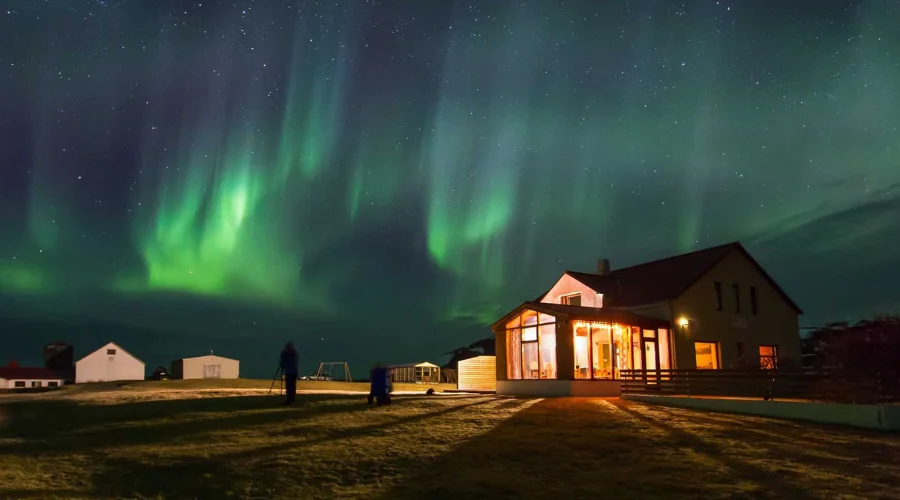
The answer to this question depends on several factors, including your location, the solar activity, and the type of Northern Lights you wish to see. Generally speaking, the best time to view the Northern Lights is during the winter months of October through March. This is because the winter months offer longer periods of darkness, which give you an increased chance of spotting the Northern Lights.
The best time of day to view the Northern Lights is between 10 p.m. and 2 a.m. This is because the Northern Lights are easier to spot in the dark. In addition, solar activity is usually at its peak during this time, meaning the Northern Lights will be at their strongest.
The type of Northern Lights you wish to see is also an important factor to consider when deciding when to view them. There are two main types of northern lights: the aurora borealis and the aurora australis. The aurora borealis is more common in the northern hemisphere and is visible from late autumn to early spring. The aurora australis is more common in the southern hemisphere and is visible from mid-spring to mid-autumn.
When viewing the Northern Lights, it’s important to remember that they are a natural phenomenon and can’t be predicted with absolute certainty. Even if the solar activity, location, and time of day are all optimal, the Northern Lights may still not be visible. This makes it important to remain patient and flexible when searching for the Northern Lights.
Also read : Best Time To Visit India For Family Fun Trip
Conclusion
To sum it up, the best time to see the Northern Lights is during the winter months from October through March. The best time of day is between 10pm and 2am, and the type of Northern Lights you wish to see will also play a role in when you view them. However, it is important to remember that the Northern Lights are a natural phenomenon that can’t be predicted with absolute certainty, so it is important to remain patient and flexible when searching for themed by the Gulf Stream and Arctic air masses, making it a great place to visit all year round. No matter when you choose to visit Iceland, it will attract you with its breathtaking scenery, unique attractions, and vibrant culture. Iceland is a destination that should be on everyone’s bucket list. For more information about the best time to visit Iceland, visit the official website of Feedhour.

